Jugastar is not a wood of interest to the woodworking industry because there are not large quantities, it is difficult to grow and does not reach large sizes. It can, however, be appreciated by wood turners or carpenters looking to work with special or more particular species, possibly on which growing conditions have led to interesting defects such as wavy grain. Jugaster is a species that also grows in Romania, in lowland and hilly areas. It is used as an ornamental tree or shrub in the parks of Europe's cities, being a very pollution-resistant species. Find out more about the natural habitat, the characteristics of the tree and the wood, as well as curiosities and old traditions related to the jugaster below.
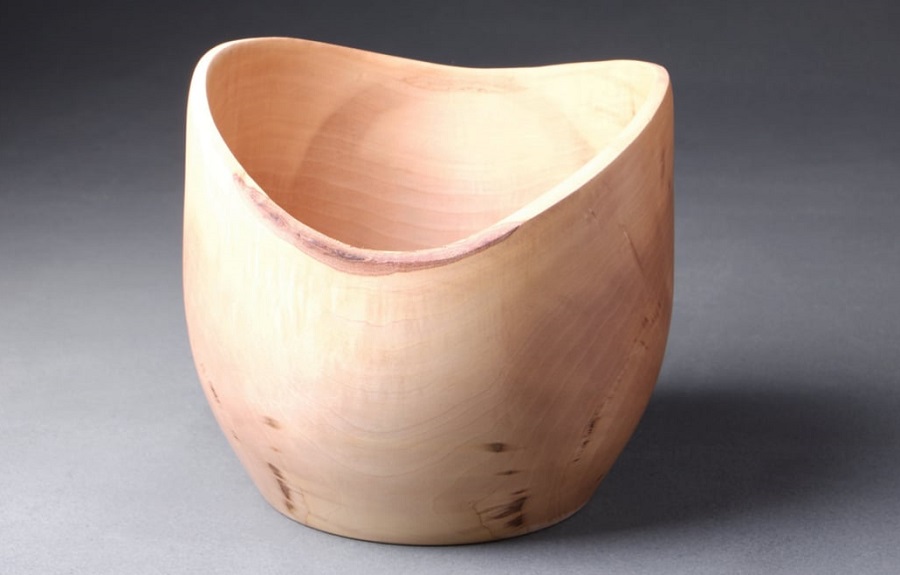
Jugaster or field maple
Jugastrum is part of the genus Acer, just like maple, scientific name Acer campestre. In English literature you find it as field maple, common maple/elder, hedge maple or dog oak, in the French is field maple, and in Italian, field steel or opium.
Jugaster grows naturally in most of Europe, southwest Asia and north Africa. It is found from the Pyrenees to the Crimea, the Caucasus and the southern shores of the Caspian Sea, and from England, Denmark, southern Scotland and Sweden to Sicily, Greece, Turkey and northern Africa. It does not form pure forests, being a subdominant species with ulmul, oak tree, teepee and chestnut. It grows in deciduous forests at altitudes up to 1000 m, very rarely with conifers.
The field maple is a medium-sized tree typically reaching a height of 15 m (in exceptional cases up to 25 m), with a diameter of 60-70 cm, very rarely 1 m. It can grow both as a tree and as a shrub with many shoots and is very resistant to cutting back. The trunk has light gray, slightly cracked and smooth bark when young and thickens, cracking and exfoliating into small plates as it ages. The crown forms fairly low and is broad and domed. The leaves are palmate-lobed with 5 or 3 lobes, dark green on the front and lighter on the back. The flowers appear in April-May, sometimes at the same time as the leaves, are greenish-yellow, clustered in clusters and produce much pollen. Fruits are green at first and turn reddish in fall. They have two wings arranged at 180° and are easily spread by the wind.
The jugastrum's leaves turn golden yellow or reddish in the fall, remaining on the branches for a long time before falling off. That's why it's highly prized as a decorative tree. And because it is resistant to pollution, it is planted in Europe's cities, in parks and gardens as a boundary.
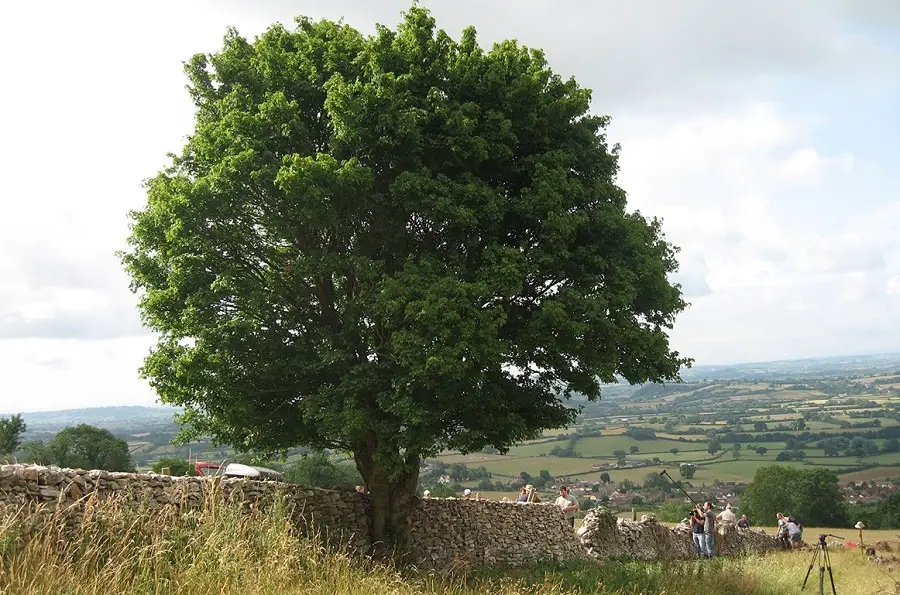
Wood structure and properties
Jugastrum is one of the few deciduous species from which sapwood is more widely used. It is whitish to light cream in color, sometimes with reddish and even golden-yellow hues. The difference between sapwood and heartwood is noticeable, with the heartwood having a darker, reddish-brown color.
The texture is smooth and uniform and the fiber is generally straight. Sometimes growth defects cause the fiber to appear wavy or curly, which greatly increases its beauty and value. The pores are diffuse, fine, uniformly and radially arranged, larger in the early wood and smaller in the later. It has narrow to medium medullary rays that give the wood a natural sheen. Unlike maple, however, they are narrower, making the wood less glossy. This is also one of the characteristics that differentiate the two types of wood.
Jugaster wood is hard and dense, with a dry density (12% moisture content) of 690 kg/m³. It is hard but not durable, being a wood with very low resistance to decay. Considering that sapwood is used, its perishability is easily explained, as sapwood is water-loving. It is machined mechanically and by hand quite easily, turned and carved well. If milled at high speeds, the fiber can burn. It clings and oils/liquors without problems, but there can be problems with coloring. Due to high absorption (all bleach is the cause) color spots can occur. That's why it is recommended to apply a coat of sealer before the bath.
It has a tendency to warp on drying and can sometimes turn pink due to oxidation.
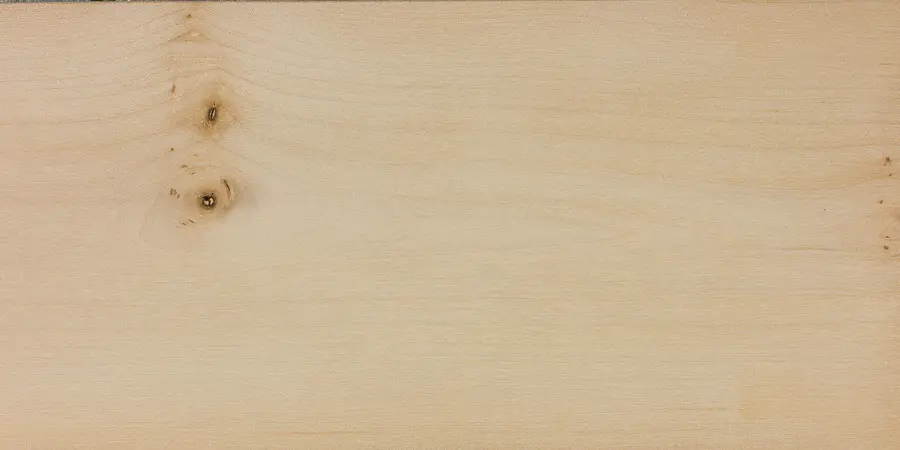
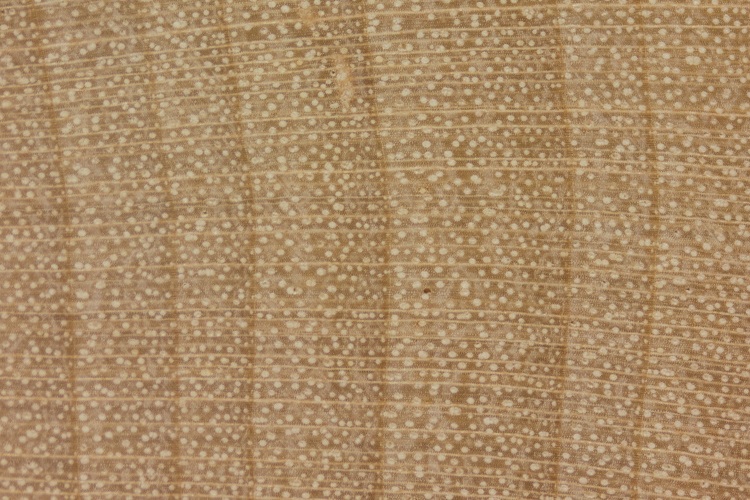
Uses of jugaster wood
The wood is not used industrially. It is not a species that is harvested from the forest for this purpose, as the elements obtained from the trunk are quite small. However, it is used in carpentry workshops for furniture, decoration and flooring. It is a good material for making bowls, pens and other turned objects. It is used to make harps or cut into veneer and used to make violins. It is said that some of Antonio Stradivari's famous violins were made of jugaster wood.
It is very good as firewood, with a high calorific value.
Jugastrum has many uses, not just as wood. The bark has astringent effects, but it can also be used as a treatment for eye pain, liver disease or cholesterol problems. It is a honey-bearing plant, but as there are no forests of jugastus, honey is rarely found from its flowers alone, as is the case with the lime tree. One of its most important uses is for soil fixation. The roots of jugastrum have the ability to fix sensitive soils by preventing soil erosion.
Curiosities
There are all sorts of traditions and beliefs in Europe related to the jugaster. In Italy, for example, the field maple and the elm were used to support vines, so-called married vine (vite maritata). They were cultivated in rows and the vines leaned against them. It was thus raised off the ground and much better protected. Leaves and shoots were frequently cut and used as animal fodder.
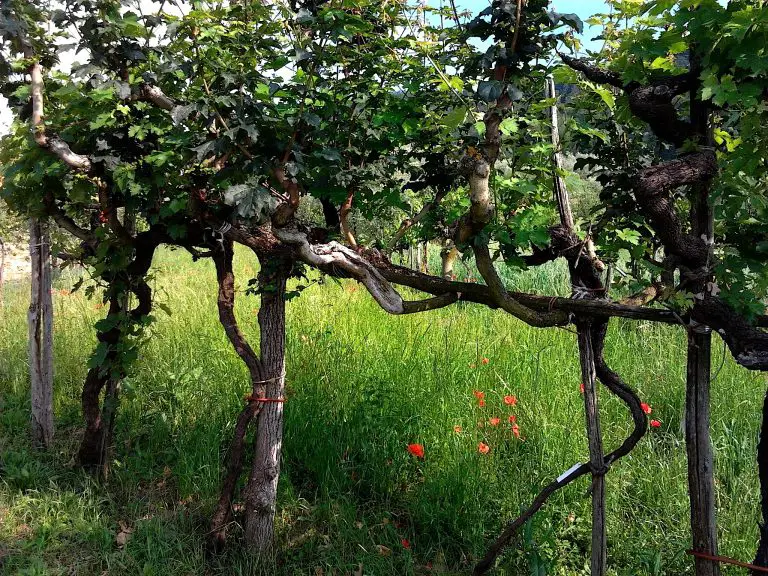
In Umbria, Italy, jugaster branches are believed to protect the home from lightning and fire. In medieval England it was believed that jute branches protect children's souls from the forces of darkness, and druids believed they could purify and regenerate their souls by lying under a field maple.
I hope you find the above information interesting. If you know other interesting things about jugastru or have worked with it, please share your experience with us. And if you have any questions or queries, leave them below in the dedicated space. I will definitely reply.
cover photo: wood-database/com




































Interesting that the origin of the name was not mentioned. I love wood and have many design ideas but am not a specialist. But I know from my father that jugastru wood was used in jugurille for "harnessing" oxen or cattle to the cart. Probably the fine fiber is very resistant to cracking/splintering.
Thanks for the addition! Interesting hypothesis.